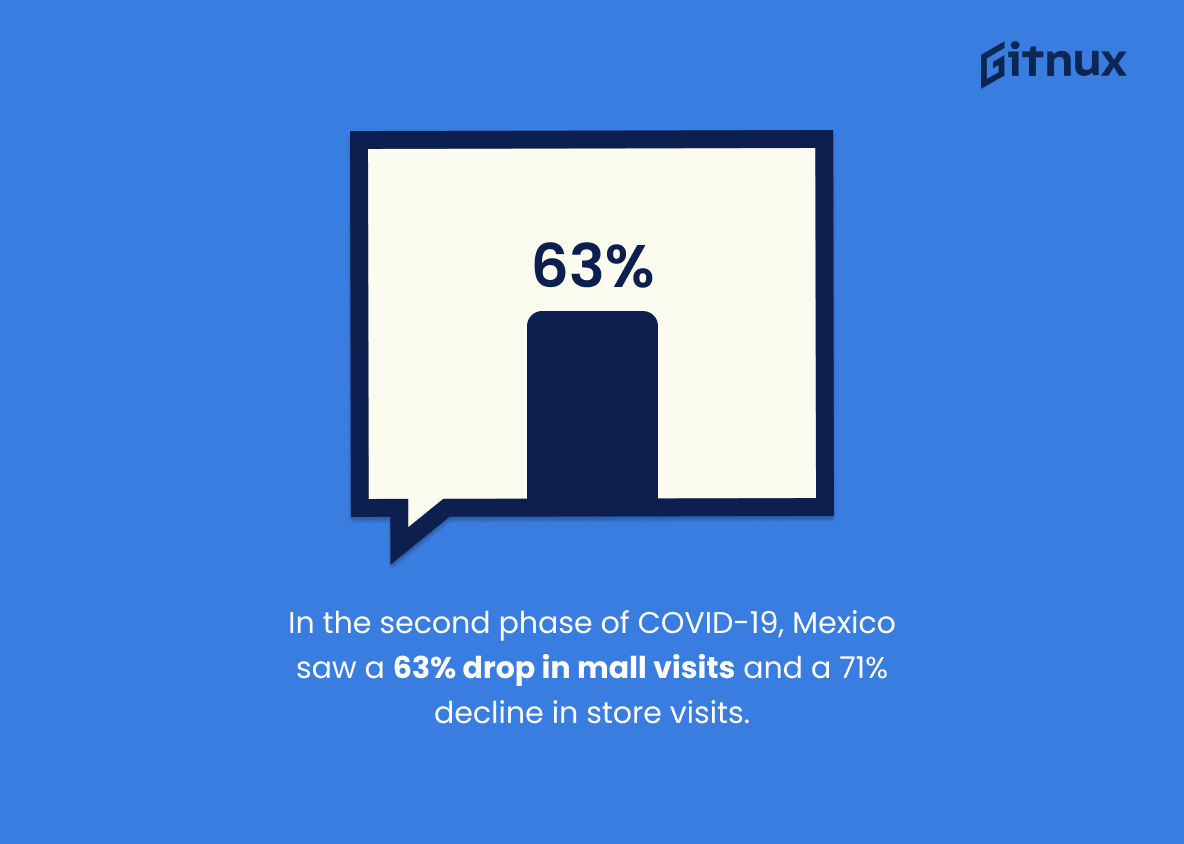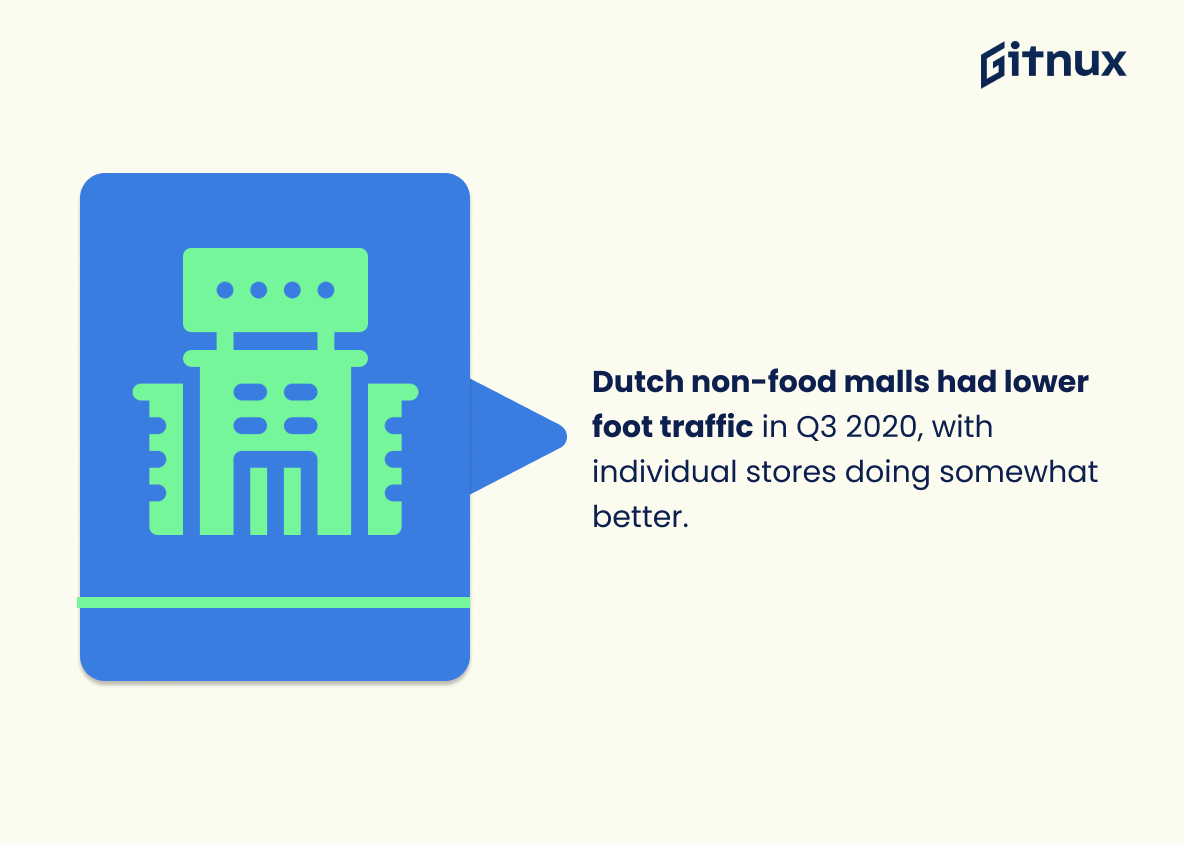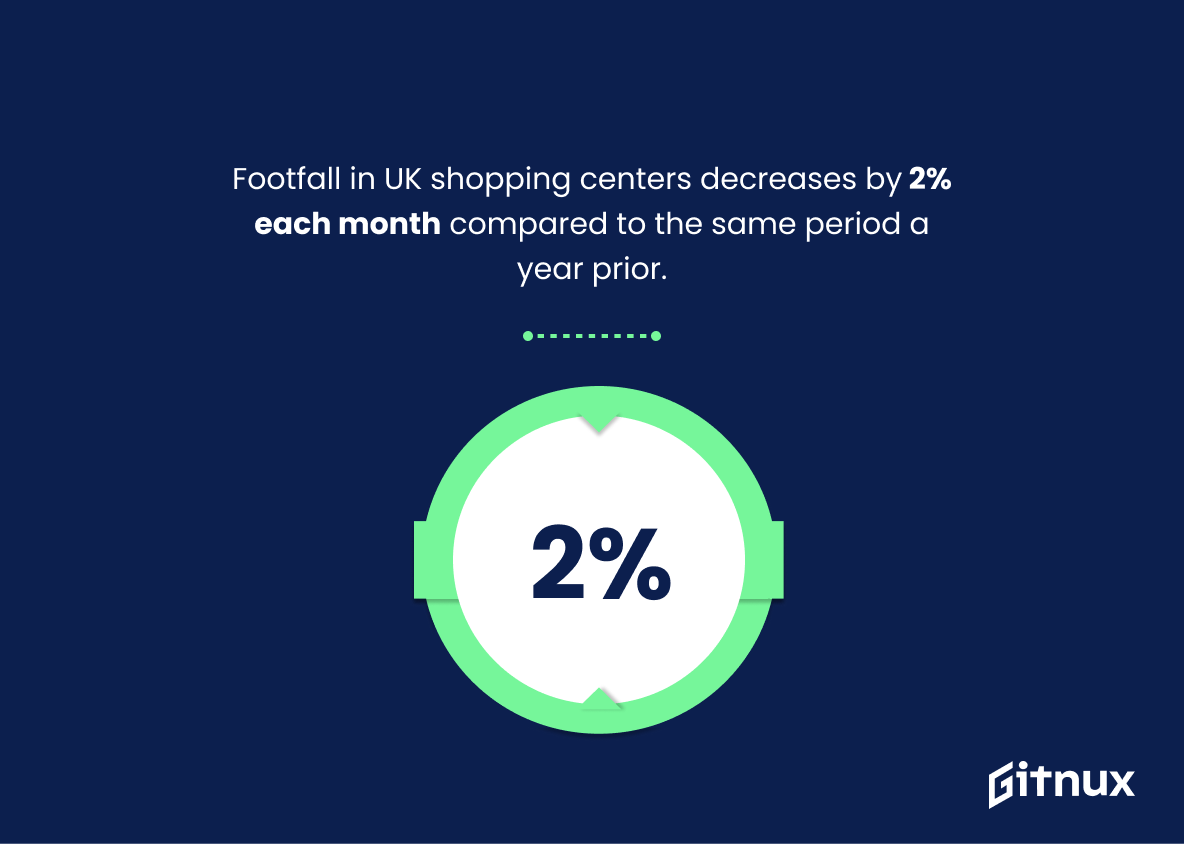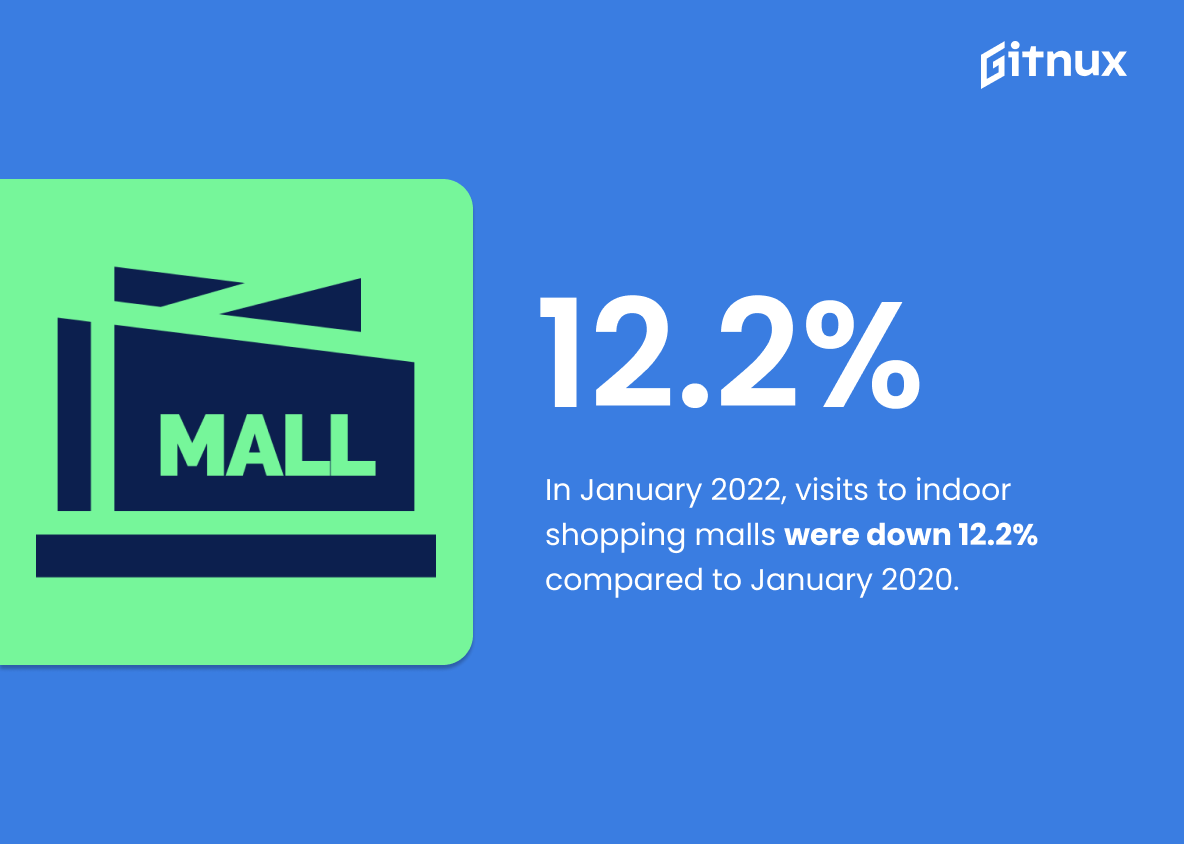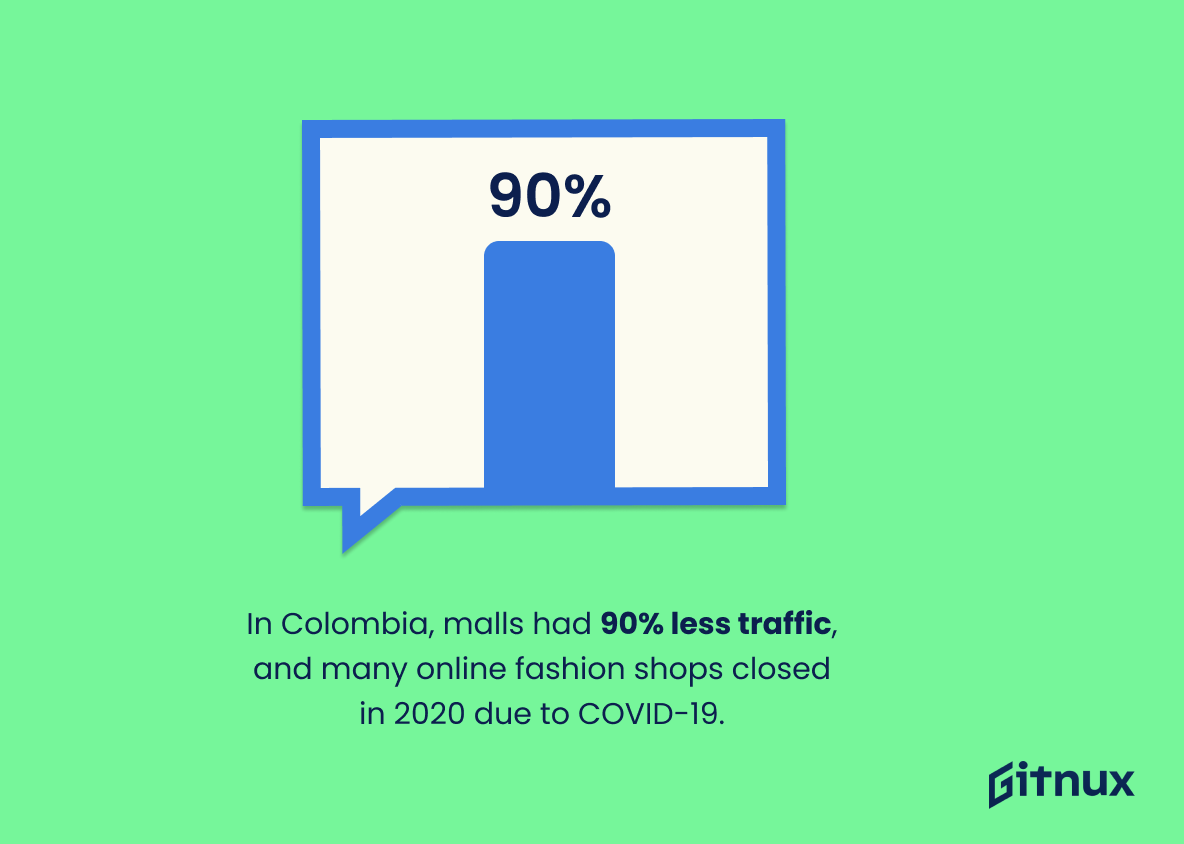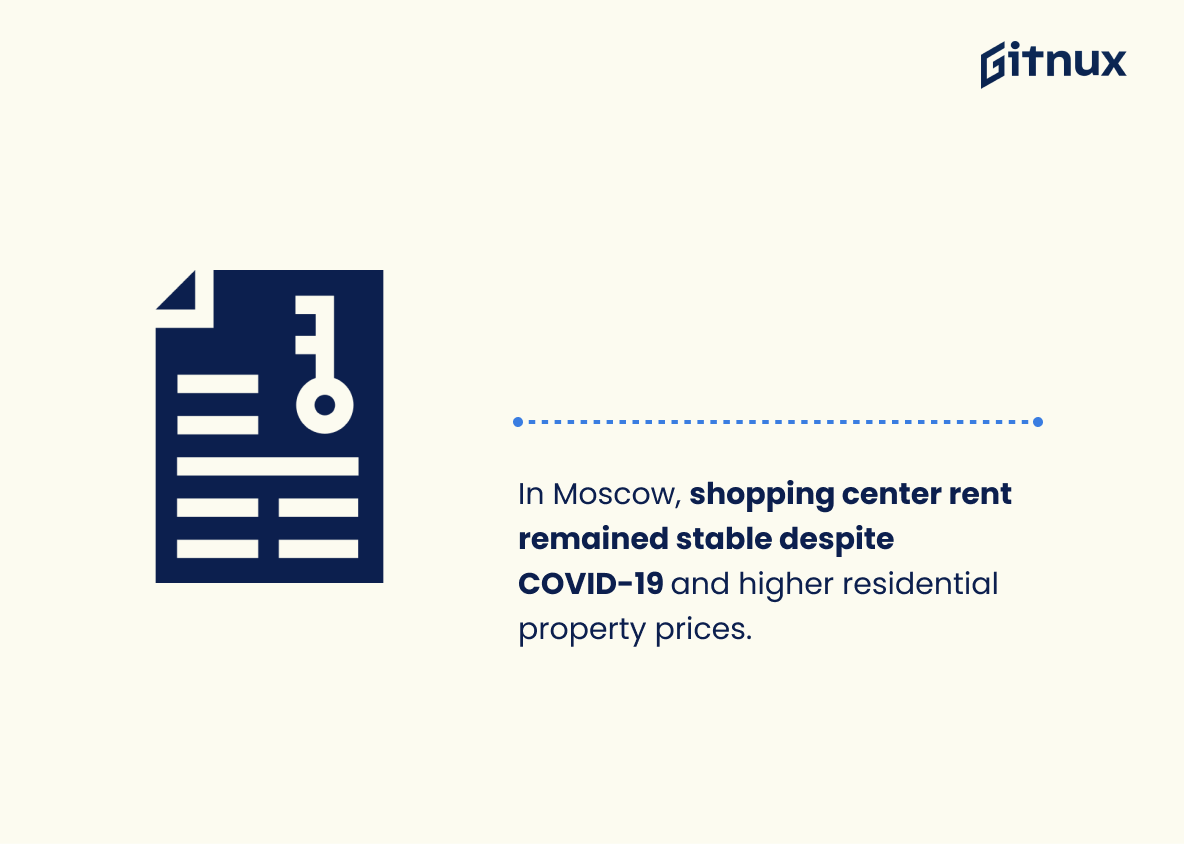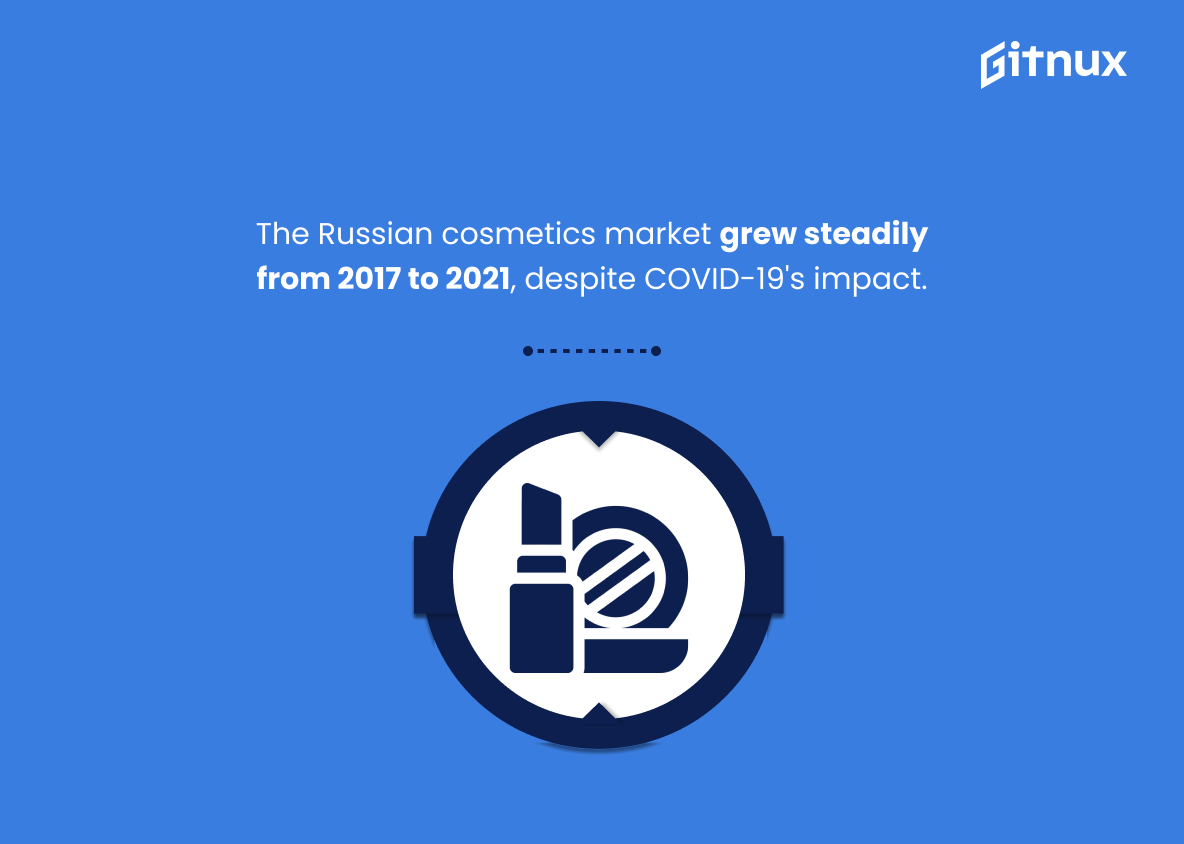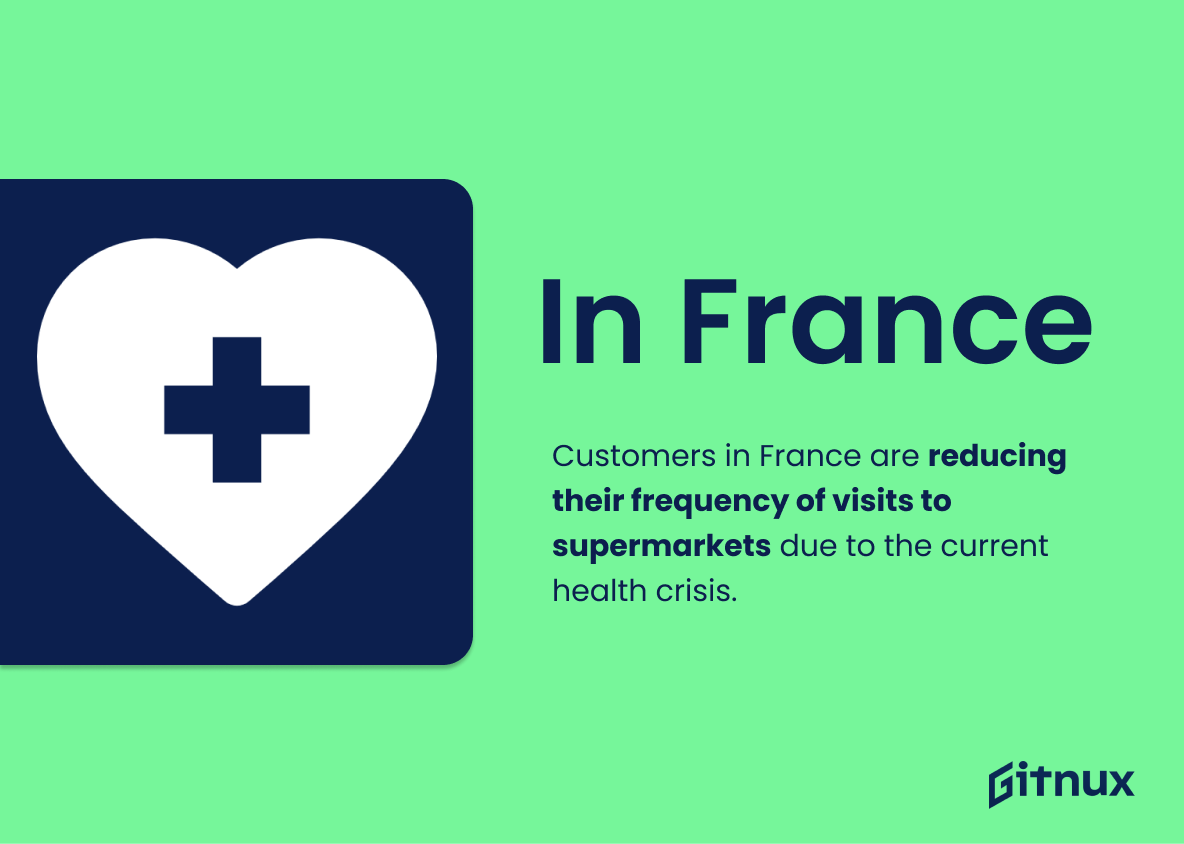Welcome to the blog post about shopping mall traffic statistics. Shopping malls are an integral part of the retail industry, and understanding the traffic patterns of these malls can provide valuable insights into consumer behavior.
In this blog post, we will explore the different types of traffic data that can be collected from shopping malls, how this data can be used to inform decisions, and the potential implications of this data for the retail industry. We will also discuss the challenges associated with collecting and analyzing this data and the potential solutions to these challenges. So, let’s get started.
Shopping Mall Traffic: The Most Important Statistics
The busiest shopping center in the US in 2019 was in Hawaii, followed by Mall of America and then one in Canada.
Vacancy rates in the US retail sector increased to 4.9% due to the COVID-19 pandemic, leading to decreased demand for shopping malls and independent stores and increased demand for warehousing and flexible spaces.
Shopping Mall Traffic: Statistics Overview
CF Toronto Eaten Center was the busiest shopping mall in Canada in 2019, followed by West Edmonton Mall and Yorkdale in Toronto.
This provides insight into which malls are the most popular and successful in Canada. It also allows mall owners to identify trends and make decisions about how to best serve their customers.
Shopping mall visits in Mexico decreased by 63% and store visits decreased by 71% in the second phase of the coronavirus disease outbreak.
This statistic shows the impact of the coronavirus outbreak on shopping mall traffic in Mexico. The decrease in visits to shopping malls and stores indicates that people are avoiding public places and taking extra precautions to protect themselves from the virus. This data can be used to inform decisions about how to manage shopping mall traffic and protect public health during the pandemic.
The busiest shopping center in the US in 2019 was in Hawaii, followed by Mall of America and then one in Canada.
It shows the relative popularity of shopping centers in the US and Canada. It can be used to inform decisions on where to invest in new shopping centers or to identify areas of potential growth. It can also be used to compare the shopping habits of different regions and to identify trends in shopping behavior.
Non-food malls in the Netherlands experienced a decrease in footfall in the third quarter of 2020, with individual stores doing slightly better than the malls.
Even though individual stores may have done better than the malls, the overall decrease in footfall for the malls was still significant. This could have a major impact on the revenue of the malls, as well as the stores within them, and could lead to further decreases in footfall in the future.
Footfall in UK shopping centers decreases by 2% each month compared to the same period a year prior.
This information provides insight into the current state of shopping mall traffic in the UK. It shows that the number of people visiting shopping centers is decreasing, which could have a negative impact on the businesses located in those centers. This could lead to a decrease in revenue for those businesses, as well as a decrease in jobs and economic activity in the area.
In January 2022, visits to indoor shopping malls were down 12.2% compared to January 2020.
This statistic shows the impact of the COVID-19 pandemic on the industry. It provides insight into how consumer behavior has shifted in response to the pandemic and the current economic climate, and can be used to inform decisions on how to best move forward as the pandemic persists. It also highlights the need for shopping malls to adjust their strategies in order to remain profitable and attract customers back.
Shopping malls in Colombia reported a 90% decrease in traffic and half of online fashion shops closed due to lack of delivery capacity in 2020 due to the COVID-19 pandemic.
The COVID-19 pandemic has had a significant impact on shopping mall traffic in Colombia. It highlights the need for businesses to adapt to the changing environment in order to remain successful. Additionally, it shows the importance of having a reliable delivery system in place for online stores in order to remain open and successful.
Check out our latest Online Shopping Statistics
The average rent for shopping center real estate in Moscow remained constant despite the Covid-19 outbreak and a rise in prices of secondary residential properties.
Despite the Covid-19 outbreak and a rise in prices of secondary residential properties, the average rent for shopping center real estate in Moscow remained constant. This indicates that the shopping traffic in malls has not been significantly affected by the pandemic, and the real estate market in Moscow is still relatively stable.
Vacancy rates in the US retail sector increased to 4.9% due to the COVID-19 pandemic, leading to decreased demand for shopping malls and independent stores and increased demand for warehousing and flexible spaces.
The pandemic has had a significant impact on the retail sector. Leading to decreased demand for shopping malls and independent stores and increased demand for warehousing and flexible spaces. This shift in demand has had a direct impact on the vacancy rates of the retail sector, which is an important indicator of the health of the sector.
The Russian cosmetics market grew steadily between 2017 and 2021, despite the drastic impact of Covid-19.
The cosmetics industry is resilient and can still grow despite the impact of a global pandemic. This is encouraging for shopping malls, as it suggests that people are still interested in buying cosmetics, even during difficult times.
Customers in France are reducing their frequency of visits to supermarkets due to the current health crisis.
A decrease in traffic to supermarkets could have a ripple effect on other businesses located in shopping malls. This could lead to decreased sales and profits for those businesses, as well as decreased foot traffic in the mall overall.
Conclusion
In conclusion, shopping mall traffic statistics can provide valuable insights into the health of a mall. By tracking the number of visitors, the amount of time they spend in the mall, and the types of stores they visit.
Mall owners can gain a better understanding of their customer base and make more informed decisions about how to improve their mall. With the right data, mall owners can make sure their mall remains a vibrant and profitable destination for shoppers.
References
1 – https://www.statista.com/statistics/894913/shopping-malls-annual-footfall/
2 – https://www.statista.com/statistics/1107773/mexico-change-visits-shopping-malls-coronavirus/
3 – https://www.statista.com/statistics/1197959/shopping-malls-annual-footfall-united-states/
4 – https://www.statista.com/statistics/1187166/dutch-non-food-smes-traffic-expectations-in-various-shopping-centers/
5 – https://www.statista.com/statistics/513476/shopping-center-footfall-annual-percentage-change-united-kingdom-uk/
6 – https://www.statista.com/statistics/1108618/operations-decline-fashion-retailers-coronavirus-colombia/
7 – https://www.statista.com/statistics/676042/shopping-center-average-rent-moscow-russia/
8 – https://www.statista.com/statistics/194102/us-retail-vacancy-rate-forecasts-from-2010/
9 – https://www.statista.com/statistics/804016/cosmetics-retail-market-value-russia/
10 – https://www.statista.com/statistics/1211656/french-people-forecasts-future-frequency-store-attendance-type/
11 – https://www.resonai.com/blog/mall-foot-traffic

